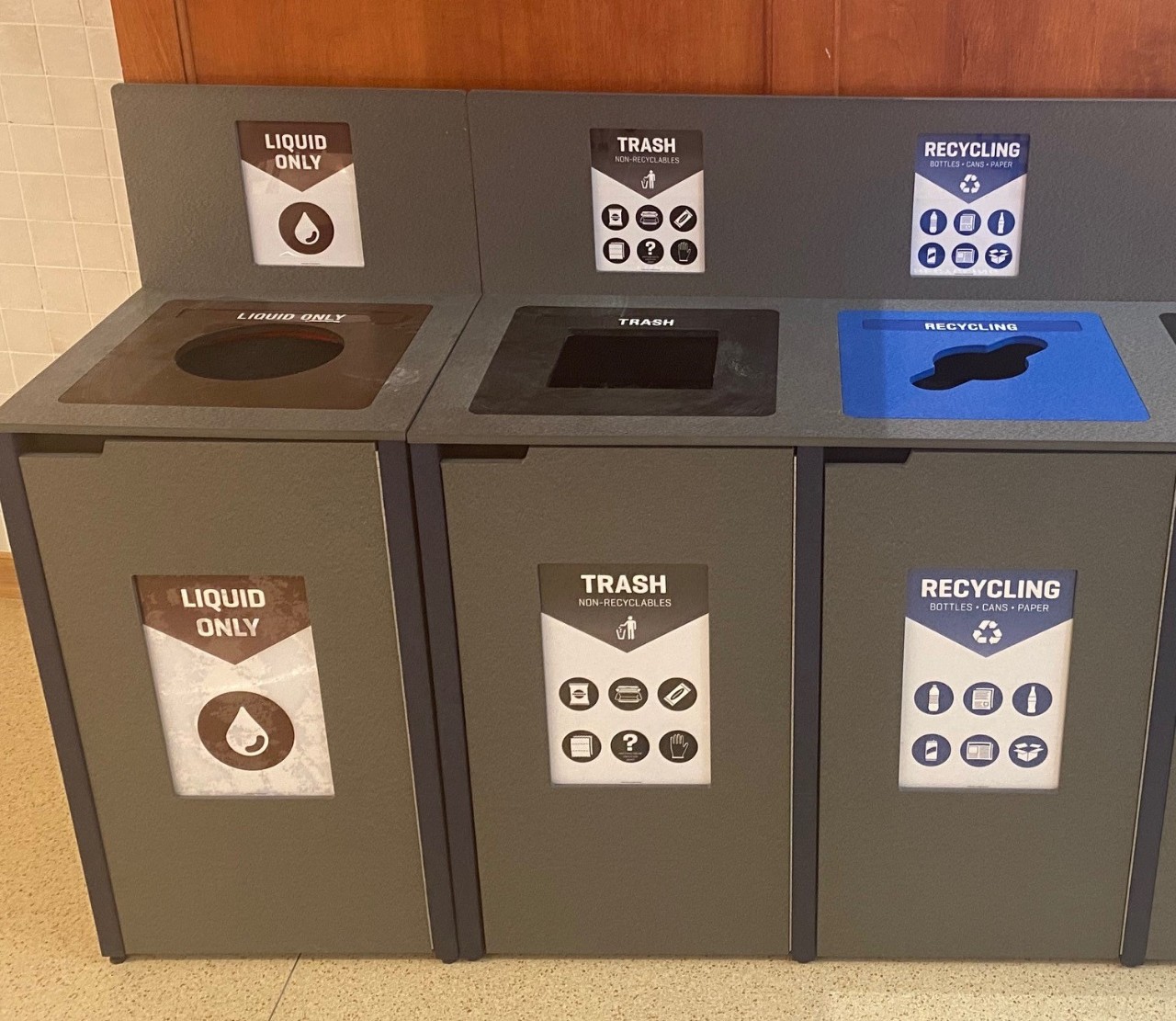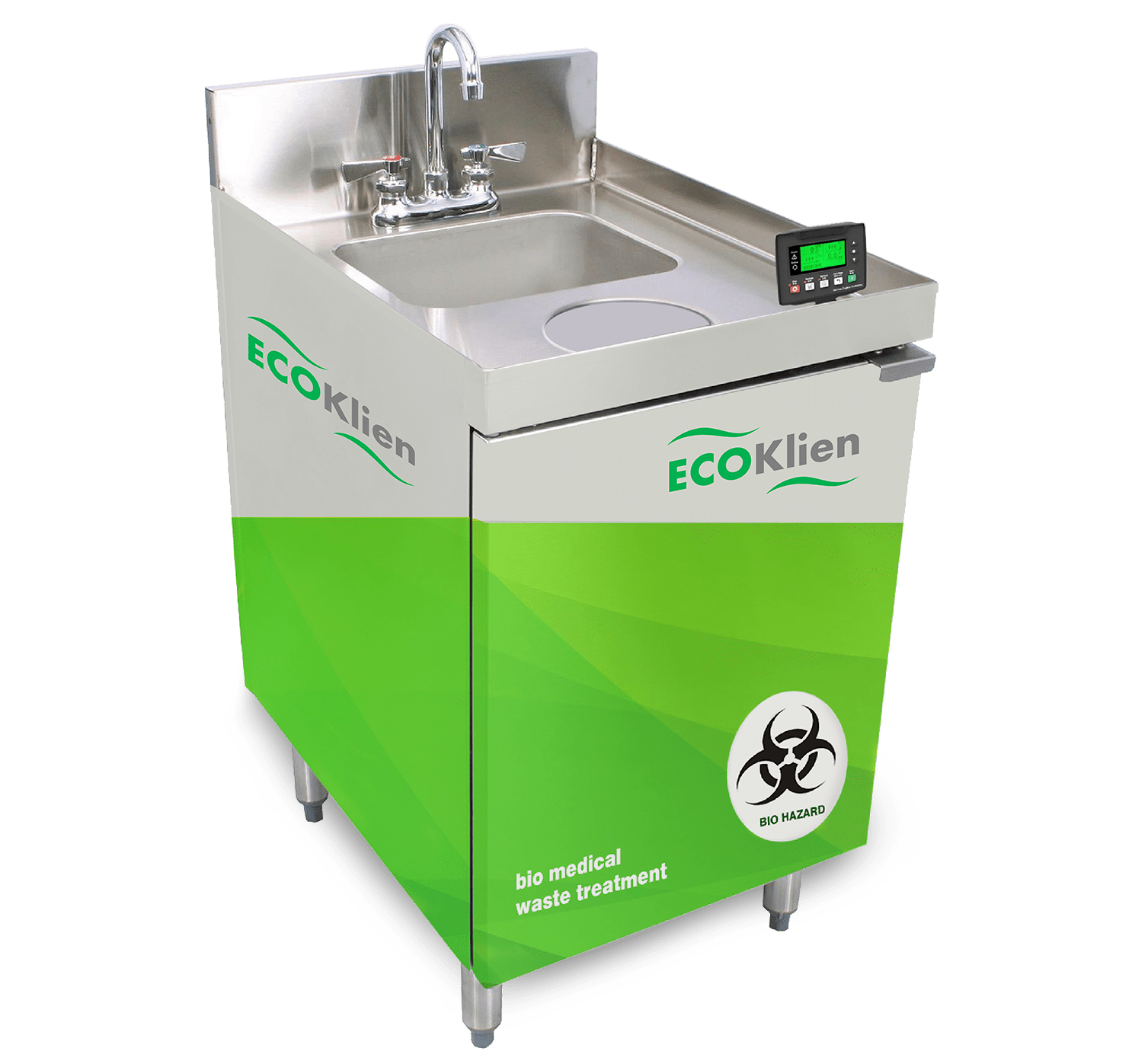Safe and Lasting Liquid Waste Disposal: Your Go-To Provider
Safe and Lasting Liquid Waste Disposal: Your Go-To Provider
Blog Article
Just How Liquid Waste Disposal Works: A Comprehensive Summary of Techniques and Technologies Used

Summary of Fluid Waste Kind
The complexity of liquid waste types necessitates a complete understanding of their characteristics and implications for disposal. Fluid waste can generally be classified into several types, consisting of commercial, metropolitan, farming, and unsafe waste. Each category shows distinctive buildings, calling for certain monitoring approaches to minimize environmental and health risks.
Industrial fluid waste stems from manufacturing procedures and usually consists of a variety of pollutants, such as heavy steels, solvents, and organic substances. Local liquid waste, largely consisting of wastewater from homes and commercial facilities, consists of raw material, nutrients, and microorganisms (industrial wastewater treatment). Agricultural liquid waste, consisting of drainage from farms, might consist of fertilizers, chemicals, and animal waste, presenting risks to water top quality and ecological communities
Dangerous fluid waste is identified by its toxicity, sensitivity, or potential to trigger damage. Recognizing these diverse fluid waste kinds is vital for developing efficient disposal methods and ensuring compliance with environmental guidelines.
Physical Therapy Methods

Testing is the initial step, where larger particles and debris are gotten rid of from the fluid waste using screens or grates. This process protects downstream tools from damages and makes certain smoother procedure. Following testing, sedimentation makes use of gravitational pressure to separate solids from liquids. In sedimentation containers, larger fragments resolve at the base, developing a sludge layer, while the cleared up liquid can be further dealt with.
Filtering is another important approach that includes passing the liquid with porous materials, such as sand or membrane layers, to capture smaller sized bits. This step enhances the top quality of the liquid, making it ideal for subsequent therapy procedures.

Chemical Treatment Techniques
Chemical therapy techniques are crucial for successfully managing liquid waste, especially in dealing with liquified and colloidal contaminants that physical approaches may not appropriately eliminate. These techniques use various chemical agents to counteract, precipitate, or transform hazardous materials right into less dangerous forms.
One typical method is coagulation and flocculation, where chemicals such as alum or ferric chloride are included in advertise the aggregation of suspended fragments. This procedure enhances sedimentation, enabling easier removal of the resulting sludge. In addition, oxidation procedures, employing agents like chlorine or ozone, are used to break down complicated natural substances and pathogens, making the waste more secure for discharge or further therapy.
Neutralization is another essential method, which changes the pH of acidic or alkaline waste streams to neutral degrees, preventing potential damage to downstream systems and the atmosphere. Furthermore, advanced oxidation processes (AOPs) use mixes of oxidants and ultraviolet light to weaken persistent contaminants, accomplishing a greater degree of therapy performance.
Organic Therapy Procedures
Biological treatment procedures play an important function in the administration of fluid waste by making use of microorganisms to break down organic matter and reduce contaminant degrees. These processes can be generally categorized right into anaerobic and aerobic treatments, each employing specific microbial communities to achieve effective waste degradation.
Cardio therapy includes the use of oxygen to help with the break down of natural products by germs. This process is commonly implemented in turned on sludge systems, where aeration tanks give a helpful atmosphere for microbial growth, leading to the oxidation of natural pollutants. The resultant biomass can be separated from treated effluent through sedimentation.
In comparison, anaerobic treatment occurs in the absence of oxygen, depending on different bacteria to damage down organic issue. This technique is especially useful for high-strength waste, as it generates biogas, a sustainable energy webpage resource, while lowering sludge production. Technologies such as anaerobic digesters are often employed in local and industrial applications.
Both cardio and anaerobic biological therapies not only decrease the environmental impact of liquid waste yet also promote resource recuperation, making them necessary parts of lasting waste management methods. Their flexibility, performance, and effectiveness sustain their extensive execution across different fields.
Arising Technologies in Disposal
Innovative techniques to fluid garbage disposal are rapidly progressing, driven by innovations in technology and a boosting focus on sustainability. Amongst these emerging innovations, membrane layer bioreactors (MBRs) have actually gained traction for their ability to integrate organic therapy with membrane layer purification, causing top notch effluent that can be recycled in various applications. MBRs enable smaller sized footprints and much more efficient operations compared to standard systems.
One more appealing advancement is making use of anaerobic digestion integrated with nutrient healing innovations, which not just treats liquid waste but also generates biogas and recovers valuable nutrients like nitrogen and home phosphorus. This dual advantage boosts resource efficiency and reduces ecological influence.
In addition, progressed oxidation processes (AOPs) are being taken on for the degradation of intricate natural contaminants. These techniques utilize powerful oxidants and drivers to break down contaminants at the molecular degree, using an extremely efficient solution for challenging waste streams.
In addition, the integration of artificial knowledge and artificial intelligence in waste management systems is optimizing functional effectiveness and predictive upkeep, resulting in minimized prices and enhanced environmental conformity. These innovations reflect a substantial change in the direction of more effective and lasting liquid waste disposal practices.
Final Thought
To conclude, reliable liquid garbage disposal requires a thorough understanding of numerous techniques and modern technologies. The integration of physical, chemical, and organic treatment approaches ensures the reliable management of varied waste kinds. Additionally, the appearance of ingenious technologies boosts treatment effectiveness and advertises sustainability in waste administration techniques. By continuously progressing these methods, it comes to be feasible to address the growing obstacles linked with liquid waste, go to these guys inevitably adding to environmental management and source recovery.
Fluid waste disposal is a vital element of ecological monitoring, calling for a thorough understanding of various methods and modern technologies customized to various waste kinds. Fluid waste can broadly be categorized right into numerous kinds, consisting of commercial, local, farming, and harmful waste. Agricultural liquid waste, including runoff from farms, might have plant foods, chemicals, and animal waste, positioning dangers to water high quality and environments.
Different physical treatment methods play a critical role in taking care of fluid waste successfully - industrial wastewater treatment.In final thought, efficient liquid waste disposal demands a comprehensive understanding of different techniques and innovations
Report this page